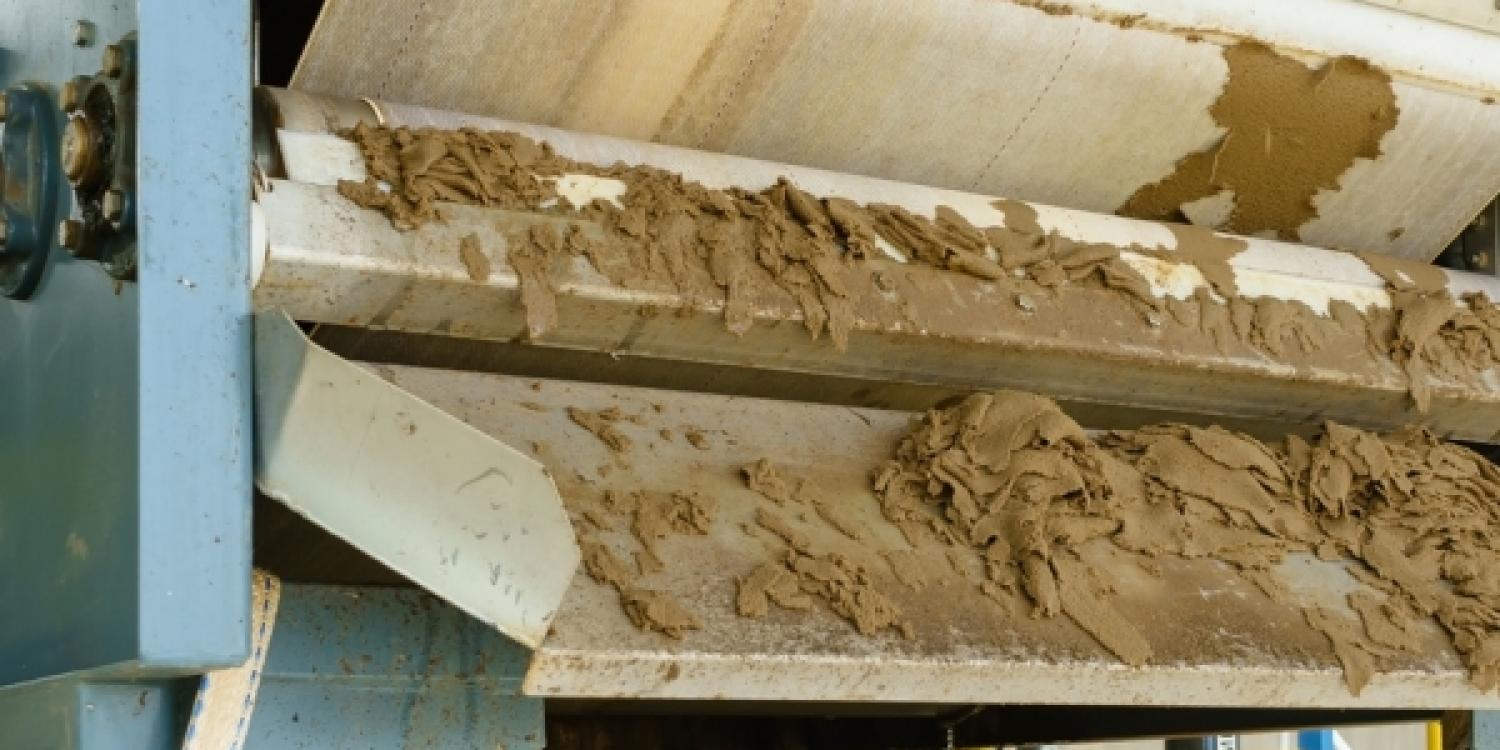Waste-water sludge treatment

Information
Sludge treatment techniques generally reduce volume or change its nature before disposal or reuse. By reducing the volume or weight of sludge for disposal you can cut respective transport costs and landfill charges, where relevant.
Treatment techniques and terms include:
1. Sludge conditioning
This is a process to treat sludge solids with chemicals or heat as preparation for 'dewatering'.
2. Sludge stabilisation
Sludges are stabilised by chemical, thermal, anaerobic and aerobic processes to help reduce odour and pathogens.
3. Sludge thickening
This is aimed at increasing the solid content of sludge, removing as much liquid as possible thickens it. The simplest thickening technique is to allow the sludge to consolidate in sedimentation tanks. Centrifugation is another technique for separating liquid content.
4. Sludge dewatering
Dewatering generates more solid content than simple thickening. A number of sludge dewatering processes exist, including centrifugation, belt filter presses, and vacuum filters. Selection depends upon the nature and frequency of the solids produced, and the sludge cake required.
5. Sludge drying
This vaporising technique releases water content into the air, so the sludge can be used or disposed of more efficiently.